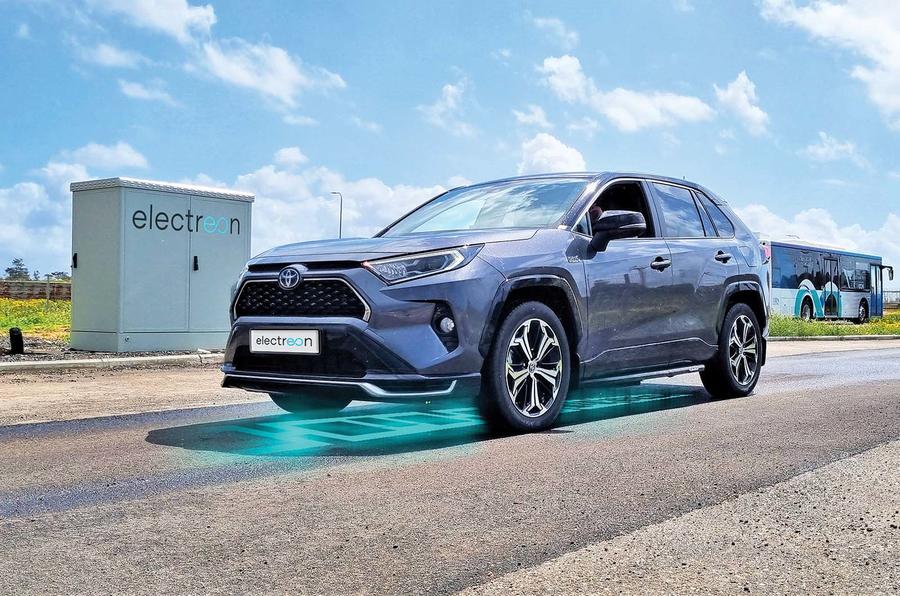Quite how long the switch from heat engines (burning fuel to generate mechanical energy) to something else will take to mature is anybody’s guess.
It’s likely to take a long time, and it’s probably fair to say that as far as battery-electric cars are concerned, what we see today is just the start of something, the proverbial tip of an iceberg or beginning of a journey down a very long road.
The arrival of the BEV has sparked an emotional response among drivers (both for and against) considering that it is, after all, just another technology that will ultimately succeed or fail on its own merits.
One of the things people get most vexed about is the uncertainty of whether or not they will be able to get a crucial charge when they expect to without fuss, delay or argument.
Inductive charging, also known as wireless charging, has been under development for as long as the modern generation of EVs has been around, but at this early stage of the BEV life cycle, it’s a long way off becoming mainstream.
It works like a now familiar wireless phone charger or the ignition coil that generates the sparks to ignite fuel in petrol engines. If a wire is passed through a magnetic field, an electrical current is generated in the wire at the moment it enters the field and again when it leaves.
With an electromagnet on the ground and coiled wire on the underside of the car, this principle allows charging to take place wirelessly.
Parking over a charging pad is one way of doing it, and another seemingly far-fetched method is the idea of having electromagnets embedded in the road so that as BEVs drive along, they can receive a charge.
Back in 2022, we looked at a project called Arena del Futuro, a 1050-metre test track in Italy designed to test “dynamic wireless power transfer” with BEVs on the move.
Recently, the company behind that tech, Electreon, installed a public charging roadway, claimed to be the first in the US, on a stretch of road in Detroit.
It has also won a tender to supply a similar system in a 1.2-mile section of the A10 highway near Paris as part of the first electric road system (ERS) in France.
The plan is to deploy ERS over almost 3000 miles of French road by 2030 and more than 5500 miles by 2035, the main aim being to decarbonise heavy trucks and buses.
Electreon also leads the Smart Road Gotland consortium, set up in 2019 to demonstrate ERS in Sweden. Similarly, the idea is to electrify 1200 miles of Swedish road by 2030.
On a one-mile stretch of electrified road, a 40-tonne truck and trailer drove at 50mph and wirelessly transferred 100kW of energy from the road.






Join the debate
Add your comment
I'm a bit confused why this would be necessary - unless we are talking of self driving cars that need no driver taking breaks or sleeping.
For conventional cars - it's going to be easier getting a charge where you park up rather than this pie in the sky scheme.
Well, the roads in the UK aren't anywhere near fit for purpose as it stands, I can't see them being upgraded to incorporate things like this anytime soon. And even if/when they are, the other utilities will be digging them up and disrupting things all the time.
Yes, it sounds a great solution,but this will take a decade before anyone notices and acts upon it by buying an EV so equipped to use it and that's before you factor it how expensive said car will be.